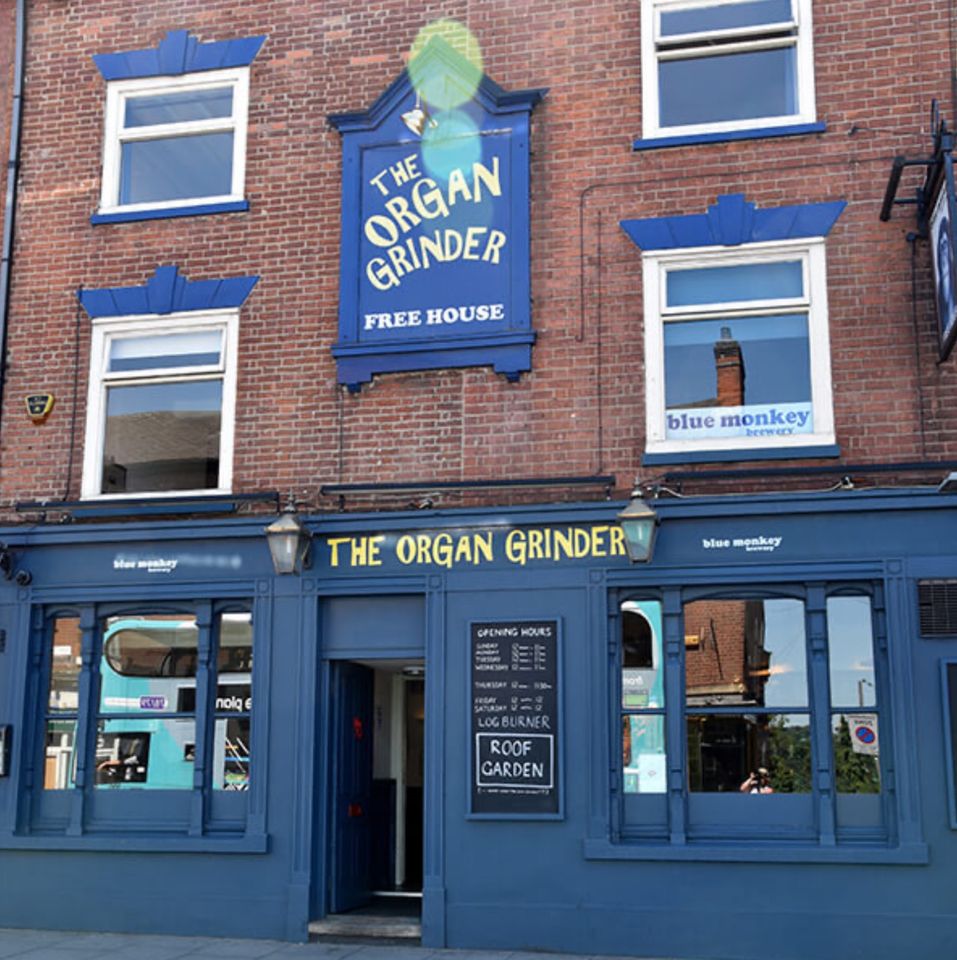
My poetry bookshelves..about half the collection built up over 25 years....
I am really struggling with the simplest thing. The first assignment for Creative Writing M.A. is straightforward enough :
Identify one writer whose work has been in some way influential to the development of your own creative writing practice. Discuss one or more pieces of their creative work, ask and/or their process, explaining what you have learned from it for your own writing. You may refer to extracts of your own writing (to be included in an appendix) but this will not be included in the word count and will not be assessed.
However it also states:
There will probably be many writers of many different genres who have influenced you, but rather than asking you to survey a broad range of writers, this assignment offers you the opportunity to think critically about a single author’s work, and to discuss, in depth, what you have learned from it for your own writing. This means thinking about the decisions the author made in constructing a particular text or texts, and reflecting on your own writing practice in light of this.
If I had two months instead of a week to finish this I would submit an honest essay which detailed all of the the range of influences which can be seen in list below. ( It wouldn’t get a good mark but I would find it more useful). This ties in with the annual most important book grid that I took from Andrew Taylor’s lecture.
https://shaunbelcher.com/writing/?p=803
Here in just about chronological order the writers who influenced me..mostly male and mostly poets. Those in bold the most important by far. Those in Blue the most significant per decade.
Which would mean Heaney/Murray/Sebald. They all deeply entwined with a notion of a ‘sense of place’ and quietly political which what I really influenced by. There something in this notion…but that another essay..not this one 🙁
1980s
Seamus Heaney
William Carlos Williams
W.H.Auden
Raymond Carver
Ted Hughes
Tony Harrison
Philip Larkin
Thomas Hardy
1990s
Maura Dooley
Simon Armitage
Giles Goodland
Richard Price
Les Murray
Al Purdy
Canadian Prairie Poets
William Neill
Norman McCaig
Sorley Maclean
Stewart Conn
Tess Gallagher
Charles Tomlinson
2000s
W.G.Sebald
Patrick Keiller
Iain Sinclair
So there you go how do IÂ choose from that list…..and should I?
I am 55 years old. I have written poetry since 1981. I have also written several thousand song lyrics which do not count for CW.
My ‘writing’, and here I am deconstructing the assignment deliberately , ground to a halt in 2007 just as I started teaching web design at Nottingham Trent University and ceased altogether in 2011. So being logical and as no poems written since 2011 at all until the Edwin Smith commission I should concentrate on the most recent ‘pamphlet collection’.
‘Drifting Village’ poems 2001-2014.

The assignment exercise as given draws on Dorothea Brande.
To read effectively it is necessary to learn to consider a book in the light of what it can teach you about the improvement of your own work.
(Brande states ‘a book’? I question this immediately can anybody learn anything from a single work or a single writer unless it The Bible ?  I believe that writers should be magpies. There are certain core assumptions of modern day creative-writing that have become almost written in stone…this probably one of them. It links to the obsessive attention to process rather than inspiration that ALL creative-writing instruction displays these days. I have heard no mention of content at all apart from genre..surely all good writers cannot be separated from their content too? )
I will look at ‘Drifting Village’ in a new light then submit it for the Smith/Doorstep Pamphlet competition. Maybe I can narrow down to one writer to fulfill the ‘brief’.










